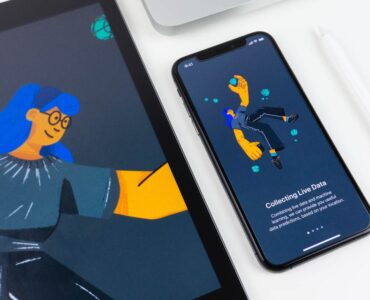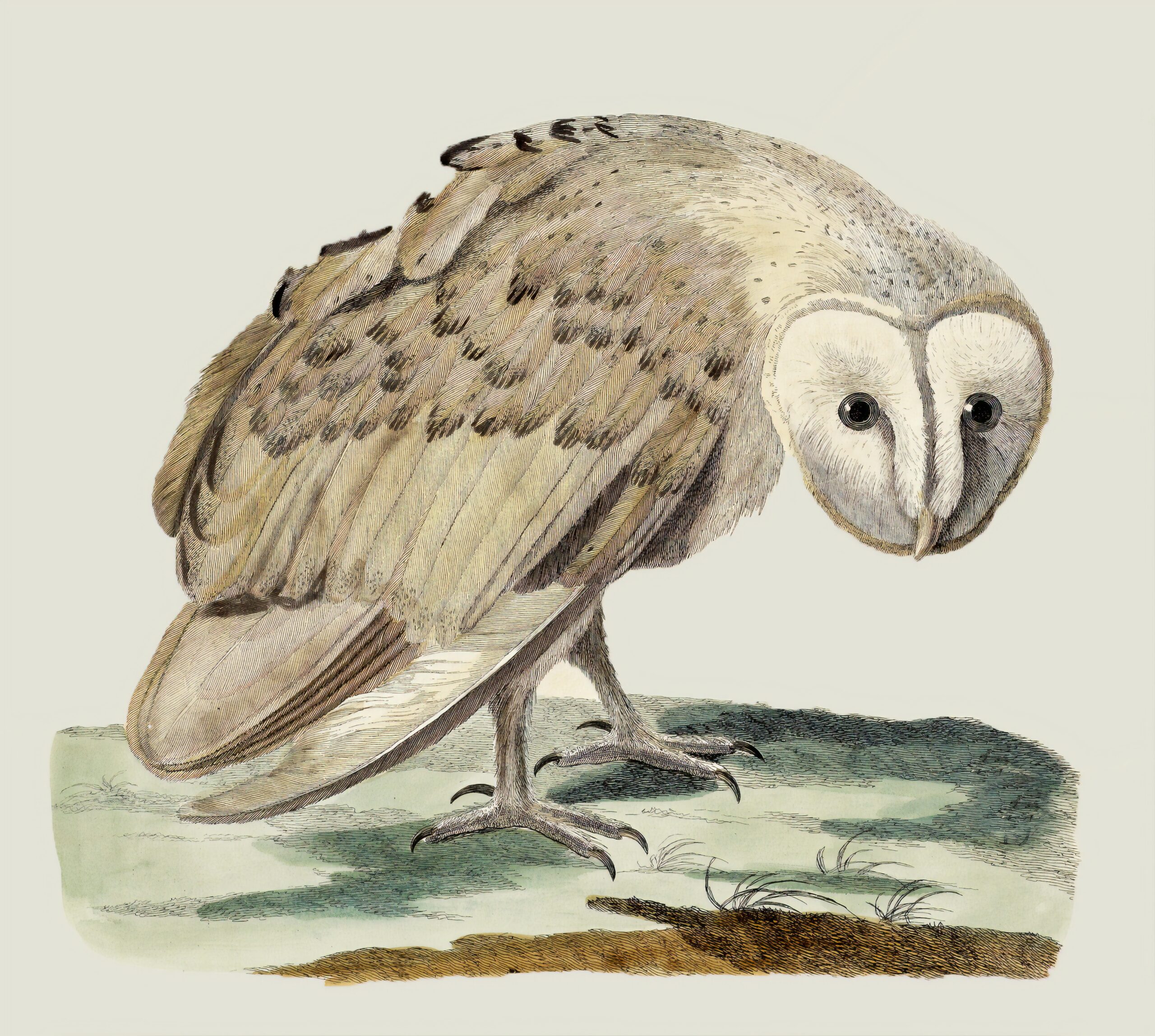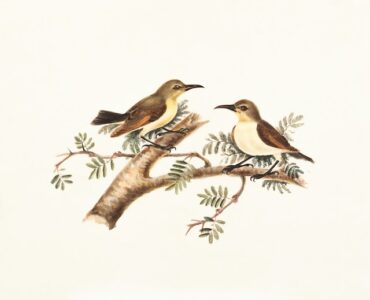In the visually saturated world of modern media, illustrators are constantly seeking new ways to make their work stand out. Beyond composition, color, and subject matter, texture has emerged as a powerful tool to enrich illustrations with depth, emotion, and tactile appeal. While digital brushes and smooth paper remain staples, many artists are now turning to unexpected, unconventional materials to push the boundaries of their creativity. These texture experiments not only shape the aesthetics of their artwork but also redefine the very process of illustration.
Beyond the Brush: What Is Texture in Illustration?
Texture in illustration refers to the perceived surface quality of an image—how something might feel if touched, even if it’s only being seen. It can be implied visually through technique, or it can be physically present in mixed-media works. While traditional textures might come from graphite shading or watercolor granulation, experimental textures go much further.
Think of illustrations that incorporate the grain of tree bark, the crinkle of aluminum foil, or the porous quality of handmade paper. Some artists even embed found objects like sand, thread, or fabric into their pieces. Others use texture as metaphor—rough surfaces to convey emotional tension or silky washes to evoke calm.
Why Texture Matters More Than Ever
In a digital-first era where many illustrations are viewed on screens, one might question the importance of tactile texture. But the opposite is true: as our lives become increasingly virtual, texture introduces a sense of physicality, grounding the viewer in something real.
Texture also helps evoke emotion. A rough, scratchy surface might suggest chaos or conflict, while soft pastels on textured cotton paper might feel intimate and serene. These qualities help illustrators communicate mood and story more powerfully.
Additionally, texture creates visual interest. It catches the eye in a scroll-heavy world, slowing the viewer down to investigate further. It invites a deeper engagement with the art—and, by extension, its message.
Unconventional Materials That Are Changing the Game
Illustrators across the globe are experimenting with a fascinating array of materials to add authentic, unexpected texture to their work. Some of the most popular include:
- Fabric scraps and textiles: Used in collage or digital scanning, textiles bring warmth and pattern, allowing illustrators to “dress” characters or settings in literal cloth.
- Natural materials: Leaves, feathers, stones, and soil are used for rubbings, print-making, or as painting tools, offering organic irregularity.
- Household items: Bubble wrap, sponges, aluminum foil, and even old toothbrushes can be repurposed to create dynamic surfaces or stamped effects.
- Packaging and waste: Recycled materials like cardboard, wrappers, or shredded paper not only contribute to sustainability but also add layered symbolism.
- Digital texture maps: Even in fully digital illustrations, artists now scan real-world textures—scratches, smudges, fabric fibers—and overlay them for added realism or abstraction.
The use of these materials often starts with play. There’s a childlike joy in finger-painting with mud or dragging a comb through wet ink. But this playfulness often leads to surprising results that become central to an illustrator’s signature style.
Techniques for Incorporating Unusual Textures
Whether you’re a traditional artist or work primarily in digital formats, there are countless ways to integrate texture into your illustrations:
- Collage and Mixed Media: Physically combining textures using glue, layers, or stitching creates a tactile depth that photographs beautifully when digitized.
- Monoprinting and Rubbings: Placing textured items beneath paper and rubbing over them with dry media (like graphite or crayons) reveals hidden patterns.
- Digital Layering: Scanning or photographing textures and using blending modes in Photoshop or Procreate allows for texture integration without disrupting clean illustration lines.
- Texture Brushes: Digital platforms now offer texture-rich brushes that simulate real-world effects like gouache streaks, fabric weave, or ink blotches.
- Subtractive Drawing: Techniques like scratchboard art or erasing into charcoal-covered surfaces can create intriguing contrast and relief textures.
Famous Examples and Influential Artists
Some of today’s most celebrated illustrators have embraced unconventional textures in their creative process. The late Eric Carle famously used tissue paper collage for his children’s books, layering hand-painted textures to create animals full of life and whimsy.
In contemporary editorial illustration, artists like Malika Favre incorporate subtle textures to break the flatness of vector art. Meanwhile, illustrators such as Yuko Shimizu blend traditional ink wash with digital textures to produce richly layered works.
These artists—and many like them—demonstrate that texture is more than an embellishment. It’s an expressive choice, a storytelling device, and often, a window into the artist’s personal voice.
Challenges and Rewards of Texture Experimentation
Working with unconventional materials comes with a learning curve. Not all textures scan well, and some resist layering or preservation. There’s also a risk of overdoing it—too much texture can distract from composition or clarity.
However, the rewards are significant. Artists often report feeling more engaged and freer in their creative process when working with hands-on materials. The unpredictability of texture can lead to “happy accidents” that reveal new directions.
Moreover, for illustrators dealing with creative block, switching media or adding texture can refresh their perspective. It’s a way of stepping outside the comfort zone and rediscovering joy in making.
The Emotional Dimension of Texture
There’s a psychological element to texture that’s often overlooked. Roughness, softness, slipperiness—these sensations translate into emotional experiences for the viewer. When an illustrator layers a fuzzy wool texture into a character’s scarf, the viewer feels warmth. When they drag charcoal over sandpaper to evoke stone, we sense gravity and tension.
Texture speaks directly to our senses, bypassing logic and connecting us viscerally to the art. In this way, it becomes a form of silent storytelling.
Conclusion: A Touch of the Unexpected
In the world of illustration, where visuals carry narrative, mood, and meaning, texture is a quiet but powerful force. By experimenting with nontraditional materials—from the contents of a recycling bin to the textures of the forest floor—illustrators open up new realms of possibility.
In a field where style can be as important as substance, texture offers a way to stand out, to evoke feeling, and to make the invisible (emotion, memory, tension) visible. Whether through the grain of worn paper or the sheen of metallic foil, the touch of the unexpected reminds us that illustration isn’t just something we see—it’s something we feel.



